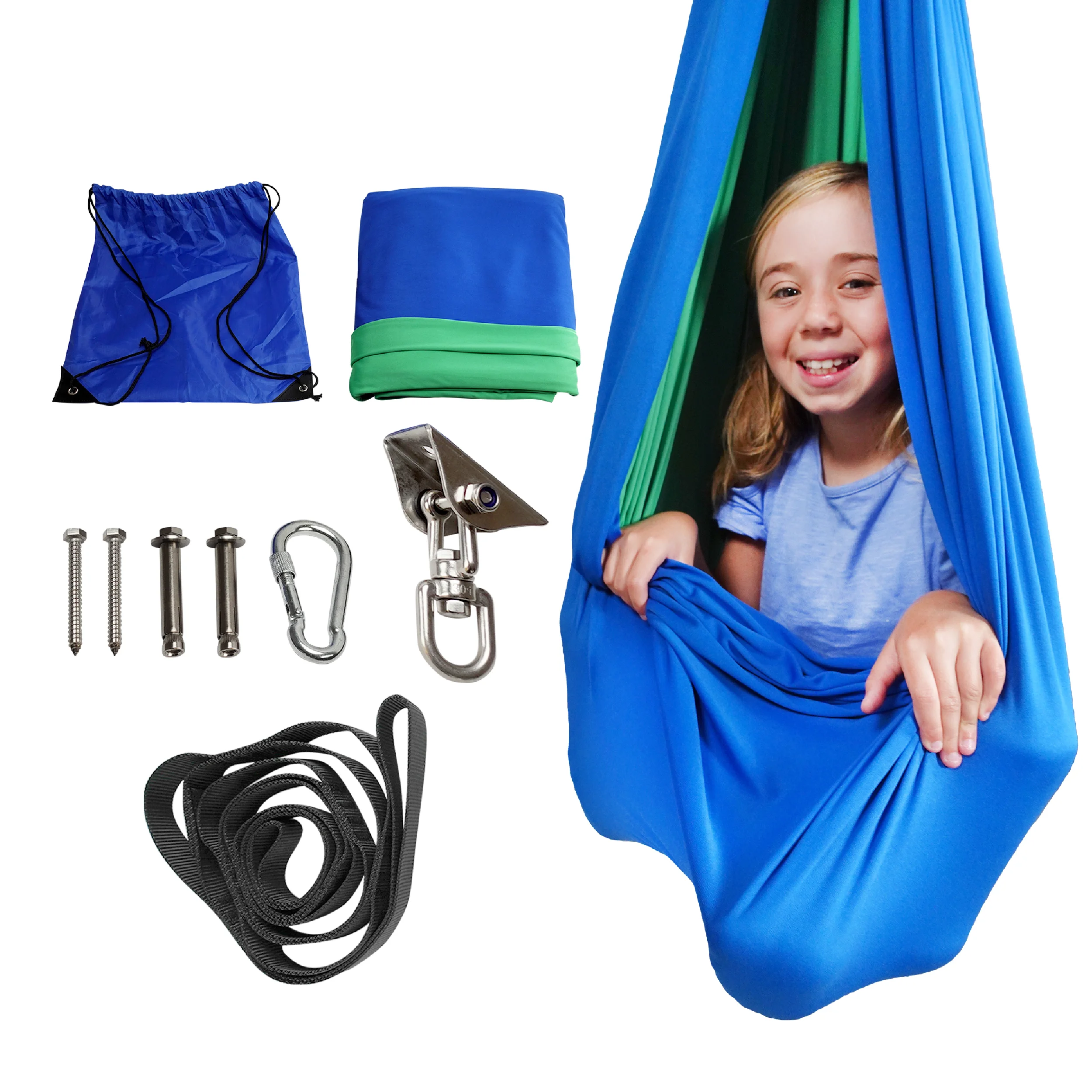Enhancing Experience with Sensory Tools and Sensory Suit
In today’s world, understanding and supporting sensory needs has become increasingly important, especially for individuals with sensory processing differences. One of the most effective ways to achieve this is through the use of sensory tools. These tools are designed to provide sensory input that helps regulate, calm, or stimulate the senses, allowing individuals to better engage with their environment. Whether used in educational settings, therapy, or at home, sensory tools play a crucial role in promoting sensory integration and overall well-being.
A sensory suit is one of the innovative sensory tools gaining popularity among therapists and caregivers. This specialized garment is crafted with textured fabrics, weighted components, and adjustable features that deliver targeted sensory input. The sensory suit can help individuals who seek deep pressure or tactile stimulation, providing a comforting and organizing sensation. When worn, the sensory suit acts as a calming sensory tool, helping reduce anxiety and improve focus, especially for children with autism or sensory processing disorder.
The versatility of sensory tools extends beyond clothing. Many sensory enthusiasts and professionals incorporate items like fidget toys, textured brushes, and noise-canceling headphones into daily routines. These sensory tools serve to either calm an overwhelmed individual or provide alerting input to boost concentration and alertness. For children, especially those who struggle with sensory overload, having access to a variety of sensory tools can make a significant difference in their ability to participate in classroom activities or social interactions.
A sensory suit complements these smaller tools by offering a more immersive sensory experience. For example, some sensory suits are integrated with vibration or compression features that deliver deep pressure, mimicking the sensation of being hugged or held. This form of input is often calming and can help improve proprioception, which is the sense of body position and movement. The sensory suit provides a full-body experience that can be particularly effective for individuals who need substantial sensory input to feel grounded and secure.
In therapeutic settings, sensory tools like the sensory suit are utilized to develop sensory integration skills. Occupational therapists often recommend a combination of different sensory tools tailored to an individual's unique needs. The sensory suit, when used appropriately, can help improve motor skills, reduce sensory seeking behaviors, and foster greater emotional regulation. It acts as a multi-sensory experience, engaging touch, pressure, and sometimes even temperature, to facilitate neurological organization and calmness.
Moreover, sensory tools are not limited to clinical environments. Many parents and caregivers incorporate sensory tools into home routines to create a sensory-friendly environment. The sensory suit can be part of a calming corner or used during specific activities to help children who are easily overwhelmed. Combining different sensory tools allows for a holistic approach, providing comfort and sensory input that supports emotional and behavioral stability.

Finally, the importance of sensory tools and sensory suits extends to enhancing quality of life. For individuals with sensory processing challenges, these tools can promote independence, improve mood, and foster better social interactions. As awareness of sensory needs grows, so does the range of available sensory tools, making it easier for everyone to find solutions that suit their preferences and requirements. Whether it’s through a simple fidget toy or a comprehensive sensory suit, these tools serve as vital resources in creating supportive sensory environments.
In conclusion, sensory tools and sensory suits are essential resources in the journey toward sensory health and well-being. They offer personalized support that can transform daily experiences, making life more manageable and enjoyable for individuals with diverse sensory needs. As research and innovation in this field continue to expand, the future looks promising for more effective and accessible sensory solutions that cater to all ages and abilities.
Comments
Post a Comment